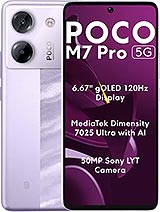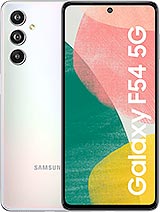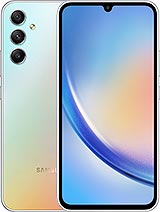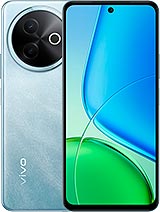Poco F6 alternatives
Tap above to see alternatives.
Poco M7 Pro alternatives
Tap above to see alternatives.
Poco M7 Pro

Poco M7 Pro
-
Dimensity 7025
6 nm
-
5110 mAh
45W
-
6.67"
1080 x 2400 pixels
-
50 MP
1080p@30fps
- Specs
1x3.0 GHz Cortex-X4
4x2.8 GHz Cortex-A720
3x2.0 GHz Cortex-A520
2x2.5 GHz Cortex-A78
6x2.0 GHz Cortex-A55
12GB 512GB (UFS 4.0)
8GB 256GB (UFS 2.2)
(f/1.6, (wide), 1/1.95", 0.8µm, multi-directional PDAF, OIS)
8 MP
((ultrawide), 1/4.0", 1.12µm)
f/1.5, 26mm (wide), 1/1.95", 0.8µm, PDAF, OIS
2 MP
f/2.4, (depth)
1080p@30/60/120/240fps
f/2.2, (wide), 0.8µm
f/2.2, (wide), 1/4.0", 0.7µm
SIM1: Nano, SIM2: Nano
SIM1: Nano, SIM2: Nano
14 5G bands
n1, n3, n5, n7, n8, n20, n28, n38, n40, n41, n48, n66, n77, n78
7 5G bands
n1, n3, n5, n8, n28, n40, n78
In this performance comparison, the Poco F6 with its Qualcomm Snapdragon 8s Gen 3 (4nm) performs better than the Poco M7 Pro with the Mediatek Dimensity 7025 (6nm), thanks to superior chipset efficiency.
Poco F6 launched with Android 14 and will receive updates until Android 17, whereas Poco M7 Pro launched with Android 14 and will get Android 16. Both phones are expected to receive security updates until around 2028.
Both Poco F6 and Poco M7 Pro feature AMOLED displays, offering vibrant colors and deeper blacks. Both smartphones offer the same 120 Hz refresh rate. Poco F6 also boasts a brighter screen with 2400 nits of peak brightness, enhancing outdoor visibility. Notably, Poco F6 offers a higher screen resolution, resulting in sharper visuals and more detailed content.
Poco M7 Pro features a larger 5110 mAh battery, potentially delivering better battery life. Poco F6 also supports faster wired charging at 90W, compared to 45W on Poco M7 Pro.
Both phones feature the same IP64 rating for water and dust resistance.
¹ Scores can vary even with the same chipset due to RAM, thermals, and software optimization.











